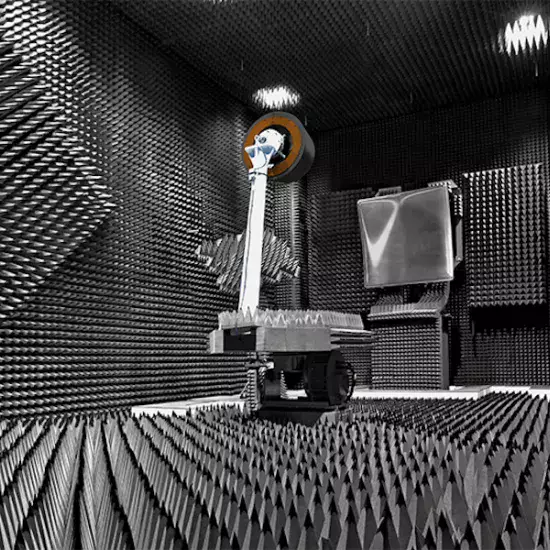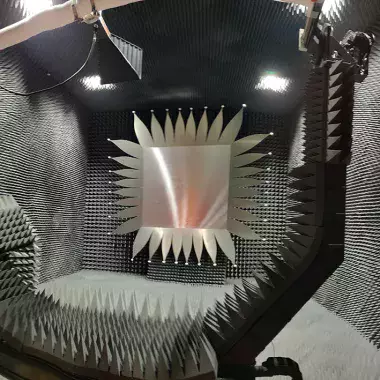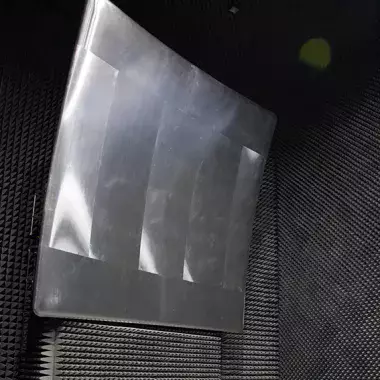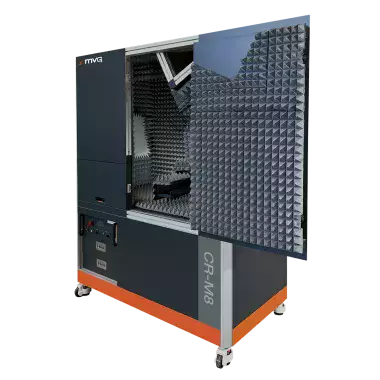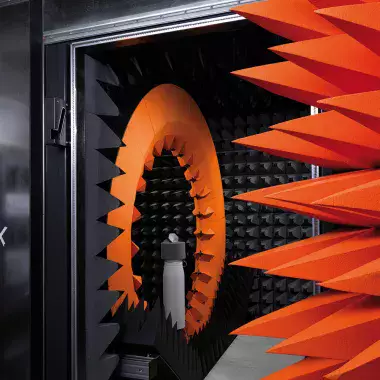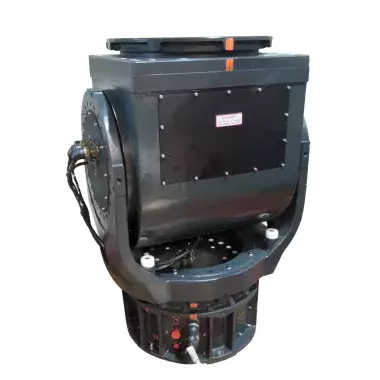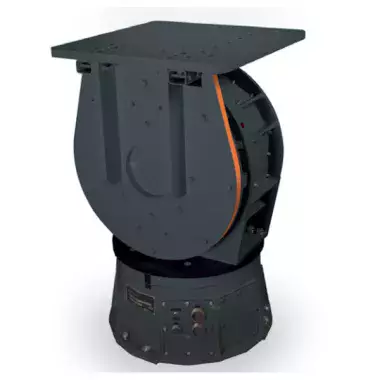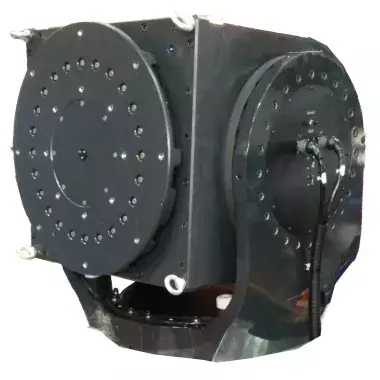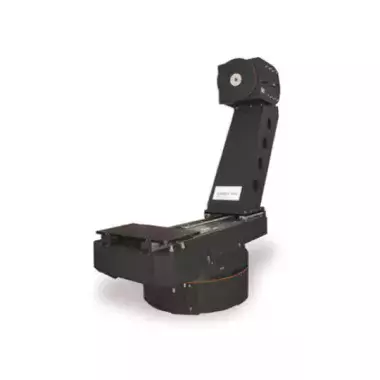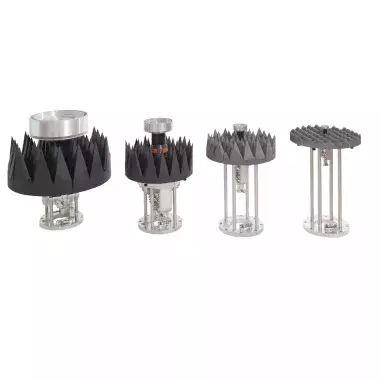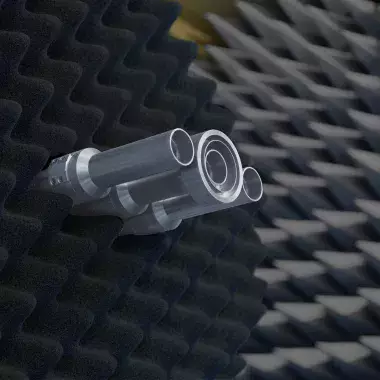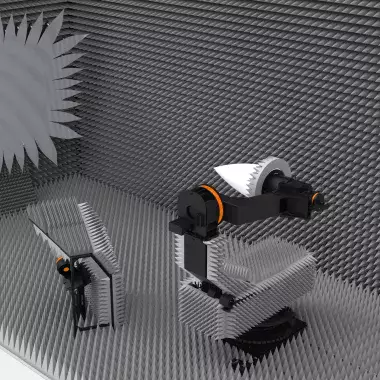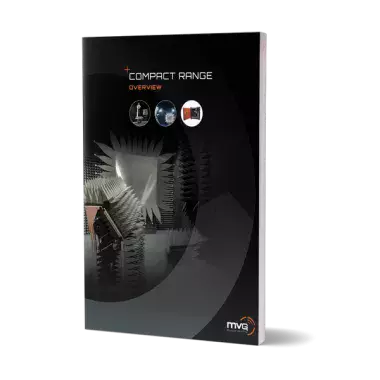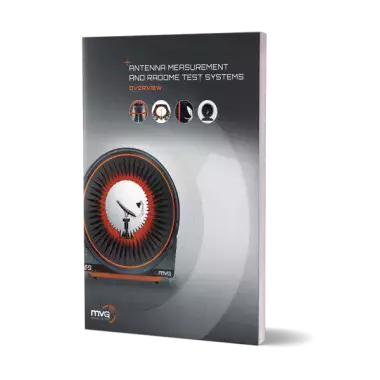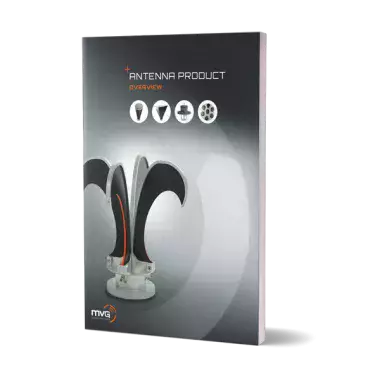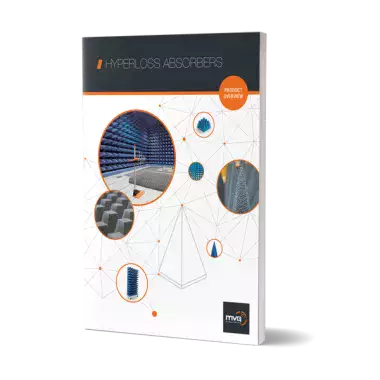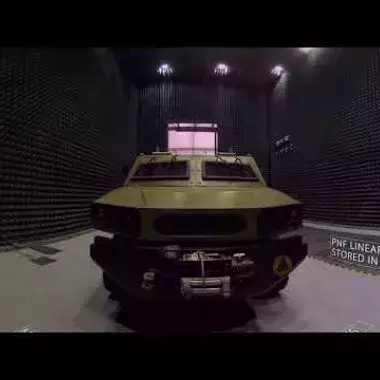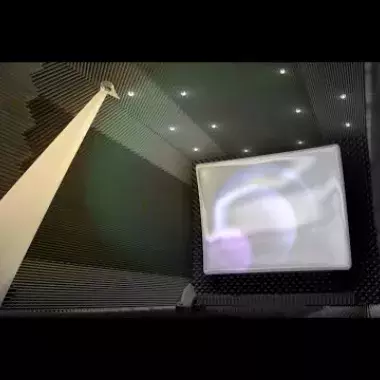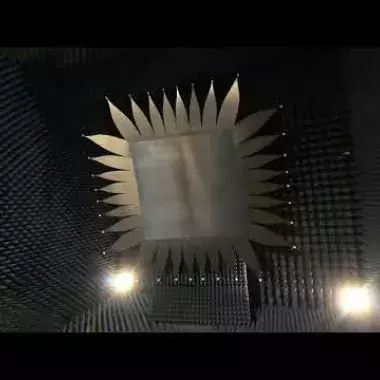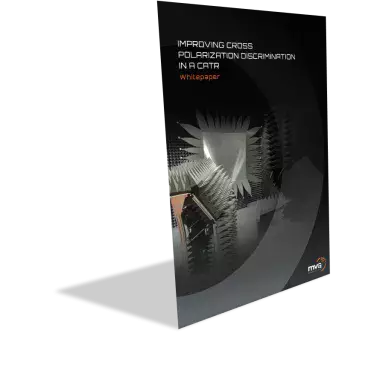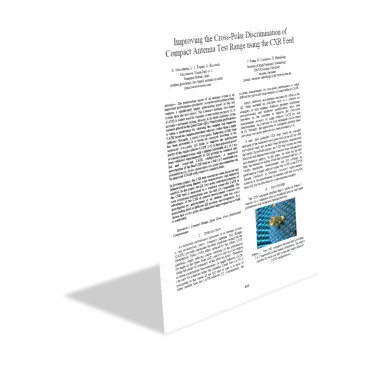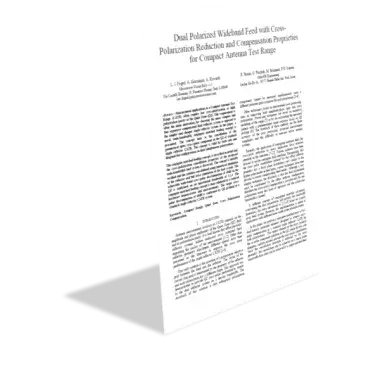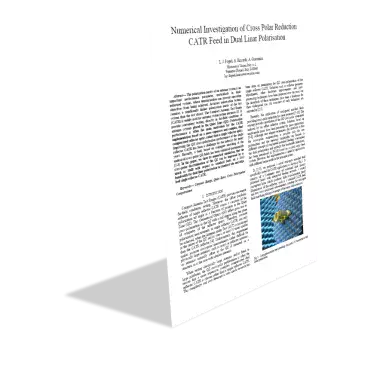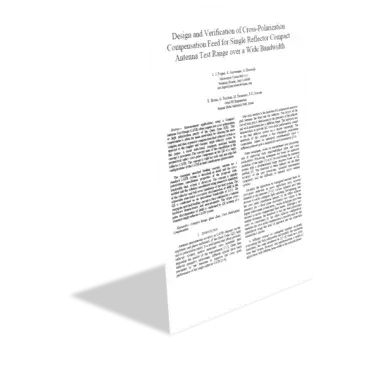Compact Ranges
Compact Antenna Test Range
700 MHz - 110000 MHz
A Compact Antenna Test Range (CATR) allows electrically large antennas to be measured at a significantly shorter distance than would be necessary in a traditional far-field test range. Compact ranges use a source antenna (feed) to radiate a spherical wave in the direction of a parabolic reflector, collimating it into a planar wave for aperture illumination of a Device under Test (DUT). Its lowest operational frequency is determined by the size of the reflector, its edge treatment, the feed, and the absorbers. The two edge treatments available are serrated edge for general purpose applications, and rolled edge to achieve higher accuracy for special applications. Multiple-feed systems may be used to improve the far-field characteristics. A compact range test system also allows system level testing of a complete device architecture.
参考文献:
- CATR SMALL -
- CATR MEDIUM -
- CATR LARGE
